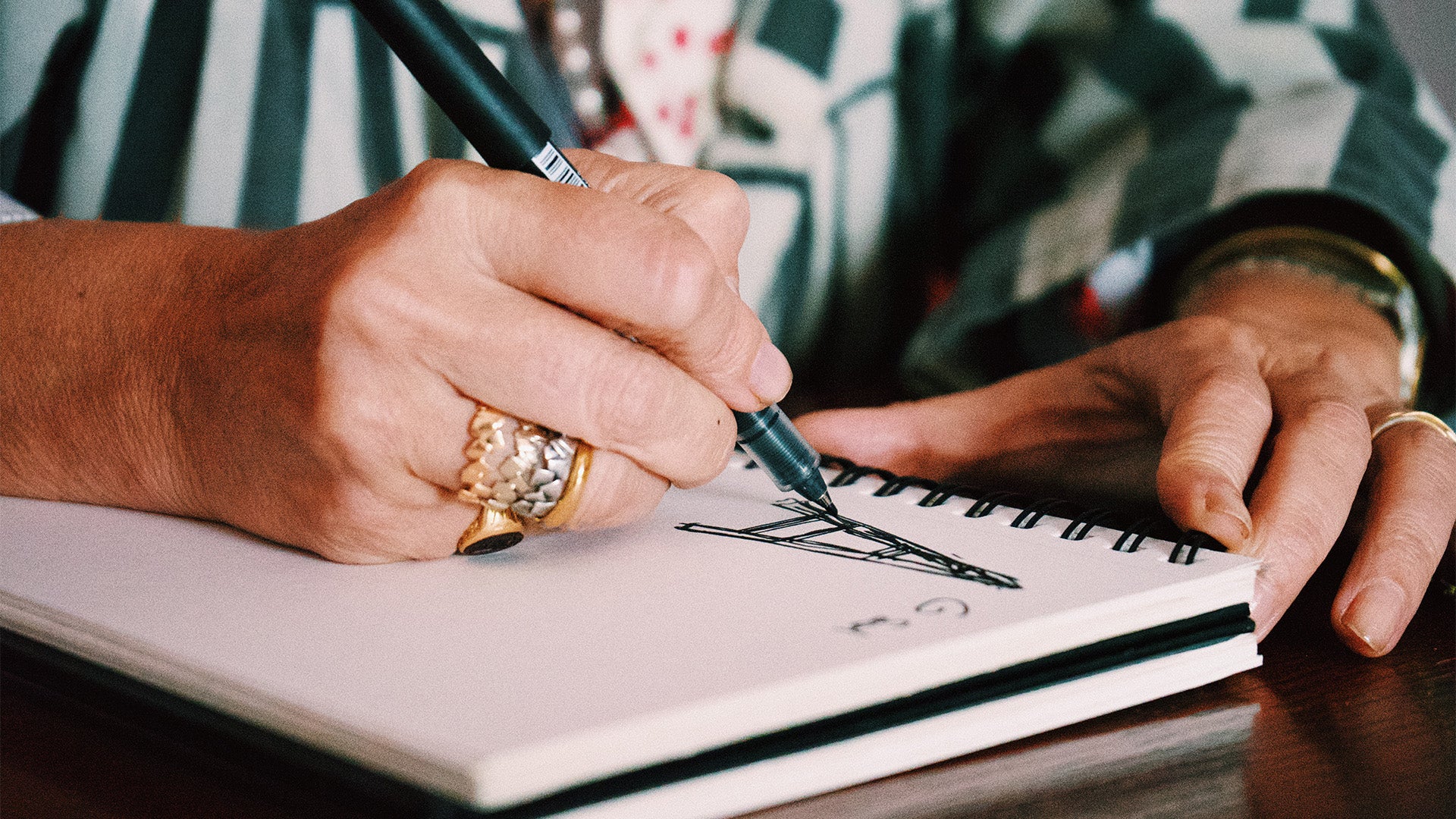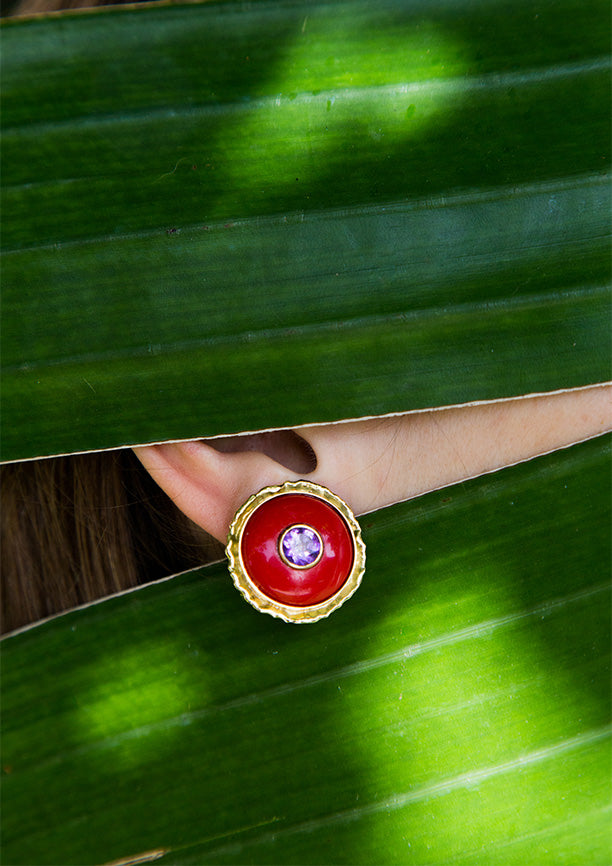Under the Legal Regime of the Goldsmiths and Assays, approved by Law No. 98/2015, 18 August, as amended by Decree-Law No. 120/2017, 15 September, an article with precious metal is legally marked when it has the following marks:
Marking of responsibility, fabrication or equivalent;Marking of the assay and puncture mark of the touch when it is not applied.
The responsibility, manufacturing or equivalent mark is the marking that contains the engraving with the identification of the person responsible for providing the article with precious metal in the market and produces a brand with a privative design and a lettering of their own naming, with their surnames or of their firms, ensuring that the design and lettering are distinctively visible and enclosed in a peripheral outline. The assay marking produces a mark that guarantees the legal touch of the articles with precious metals, or signifies particular circumstances, and identifies the assay by specific parameters, which consists, respectively, of a curved form, or an irregular octagonal shape, depending on the respective Assayers of Lisbon or Porto (see the drawing of the marks below). The symbol varies according to the metal:
Gold – deer’s head for touches equal or superior to 800 thousandths and a dove in flight for touches inferior to 800 thousandths;Silver – eagle’s head (turned to the left in legal touches equal or superior to 925 thousandths and turned to the right on legal touches equal or inferior to 835 thousandths);
Platinum – parrot head;
Palladium – lynx head (turned to the left).
Legal Marking of the Assayers of Lisbon and Porto:
Assay of Lisbon

Assay of Porto
Bars
Platinum, gold, palladium or silver – armillary sphere accompanied by the designation of the respective metal.
Goldsmith Artifacts of Special Interest
Goldsmith artifacts containing extinct assay markings of extinct municipal contrasts
Goldsmith artifacts containing extinct assay markings of extinct municipal contrasts.
Other Markings
Articles containing precious metals presented individually, meaning that the touch guarantee is cinched to a clean metal.
Articles with precious metals imported by unlicensed entities or in the case where the responsible party for their manufacture is unknown.
Articles comprised of precious metals and common metals.
Convention Markings
Sales in the national territory of goldsmith artifacts is authorized when marked under the Convention on the Control and Marking of Artifacts of Precious Metals (Convention of Vienna).
This convention was signed in Vienna, in 1972, between seven European countries, including Portugal, in order to facilitate the international commercialization of precious metal artifacts, aiming for the consumers protection, justified by the particular nature of these artifacts. The others European countries are: Austria, Finland, Norway, Switzerland, the Swiss Confederation and the United Kingdom.
Over the years, other countries have signed onto the convention, particularly: Ireland, Denmark, The Czech Republic, Netherlands, Latvia, Lithuania, Israel, Poland, Cyprus, Slovenia, Slovakia, Hungary, and Slovenia. Currently, the Convention is constitute by 19 countries, with others planning to join. The Common Control Marking (CCM), or Convention Marking, consists on the stylization of a balance and a number, in Arabic numbers, expressed in thousandths, indicative of the touch of the precious metal, framed within a perimeter that indicates the nature of the precious metal.
Common Control Markings (CCM):
Marking
The Convention’s marking system is constituted by the positioning of the following markings:
Responsibility Marking;Articles containing precious metals from a member state of the European Union or the European Economic Area can be placed on the national market without requiring the inspection and marking by the goldsmiths, as long as the articles meet the requirements expressed in article 11 of the Judicial Regime of the Goldsmiths and Assays:
With the following markings applied:
Marking of responsibility, fabrication or equivalent;Assay’s and touch marking, when it doesn’t include the touch;
Document with registered proof of the respective responsibility marking, of fabrication or equivalent from the country that performed the control and guarantee of quality deposited at the assay;
Recognition by the Portuguese Quality Institute, inspected favorably by the Director of the Assay, with the following cumulative prerequisites:
The informative content of the touch guarantee marks, mark of assay and mark of touch, are equivalent to the markings of touch guarantee established by Judicial Regime of the Goldsmiths and Assays;
The informative content markings guaranteed by the touch, mark of assay and mark of touch, are not susceptible to incorrectly informing the consumer
The conditions for the marking of the marks of guarantee of touch, applied by the independent organization of testing and marking of the respective country that oversaw the quality control and guarantee, are equivalent to the established rules by the Judicial Regime of the Goldsmiths and Assays.
It may also be placed on the national market, articles containing precious metal from a member state of the European Union or the European Economic Area (EEA), in accordance to the article 41 of the Judicial Regime of the Goldsmiths and Assays, the need for testing and marking by assay, even if the marks are not deposited or recognized, provided that the economic operator complies with the following requirements:
It proves to be legally established in that member state, being the bearer of the document proving this situation.
Inform ASAE and INCM of your participation in national exhibitions or fairs, on an occasional and sporadic basis, for a period of 30 days or less per year, within 15 days notice.
Whenever the article is sold, it must be tested and marked prior to delivery to the buyer.
For more information related to the entities, the metals and the recognized markings, you may consult the Portuguese Institute of Quality.
Articles with precious metals originating from a member state of the European Union or of the European Economic Area (EEA) that find themselves deprived of the markings related to the respective legislation, but which are not exempt of the markings harbored by Portuguese legislation, must be previously tested and marked in advance by the Portuguese Assays or the Assay of the recognized country of origin, for the effect of them being placed on the national market.




